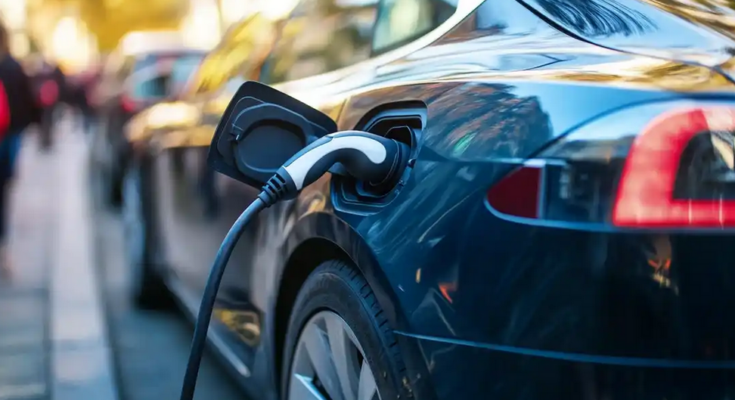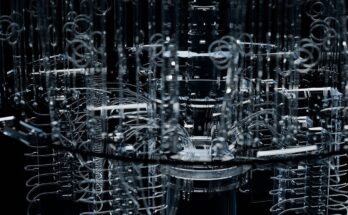Key Takeaways
- Tesla has requested that other manufacturers and EV producers convene in order to establish a new industry standard for connectors.
- While some systems employ more than 200 connections, Tesla only uses six.
- The business will look to its now-accepted standard NACS charging port format for inspiration.
In an effort to reduce costs and promote sustainability, Tesla has argued for manufacturers and other companies to use its Low-Voltage Connector Standard (LVCS).
Tesla discussed its drive for standardization to lessen the complexity that permeates the car industry in a rare blog post from Elon Musk’s business.
The internals of many EVs can seem complicated since they need about 200 connections. According to Tesla, the company has reduced the number of connectors in its cars to six.
Tesla’s Cybertruck Also Uses the LVCS System
As previously stated, the streamlined six-connector design is said to increase efficiency. Additionally, it reportedly reduces production and expenses without having a major impact on performance. According to Tesla, the system can supply the company’s power and signal needs for about 90% of common electrical device applications.
The popular EV brand uses a set of connectors that are based on the same 48V architecture as the Cybertruck.
The LVCS system was characterized as “the optimal long-term choice, requiring one-quarter of the current to deliver the same amount of power” in a detailed analysis. The company continued by explaining how the system uses independent secondary locking mechanisms and strong single-wire sealing to support “reliable autonomous vehicles.”
In addition to asking for input on the plan, Tesla has extended an invitation to all gadget manufacturers and EV companies to support the campaign.
It will be interesting to see how people respond to this important automotive issue, but the Austin, Texas-based corporation did not say whether it has received any support for its proposals thus far.
Different brands might be hesitant to follow Musk’s lead for a variety of reasons, including the need to give up exclusive technological advantages or repair techniques.
Given that Tesla has already been successful in establishing their NACS charging style as an official EV standard, this is an intriguing topic. Rivals like Ford and Rivian are either proposing native NACS capability for their upcoming vehicles or are providing adapters. There may be a strong incentive to switch to a more universal format for that charging standard, but success there does not necessarily translate to LVCS.


